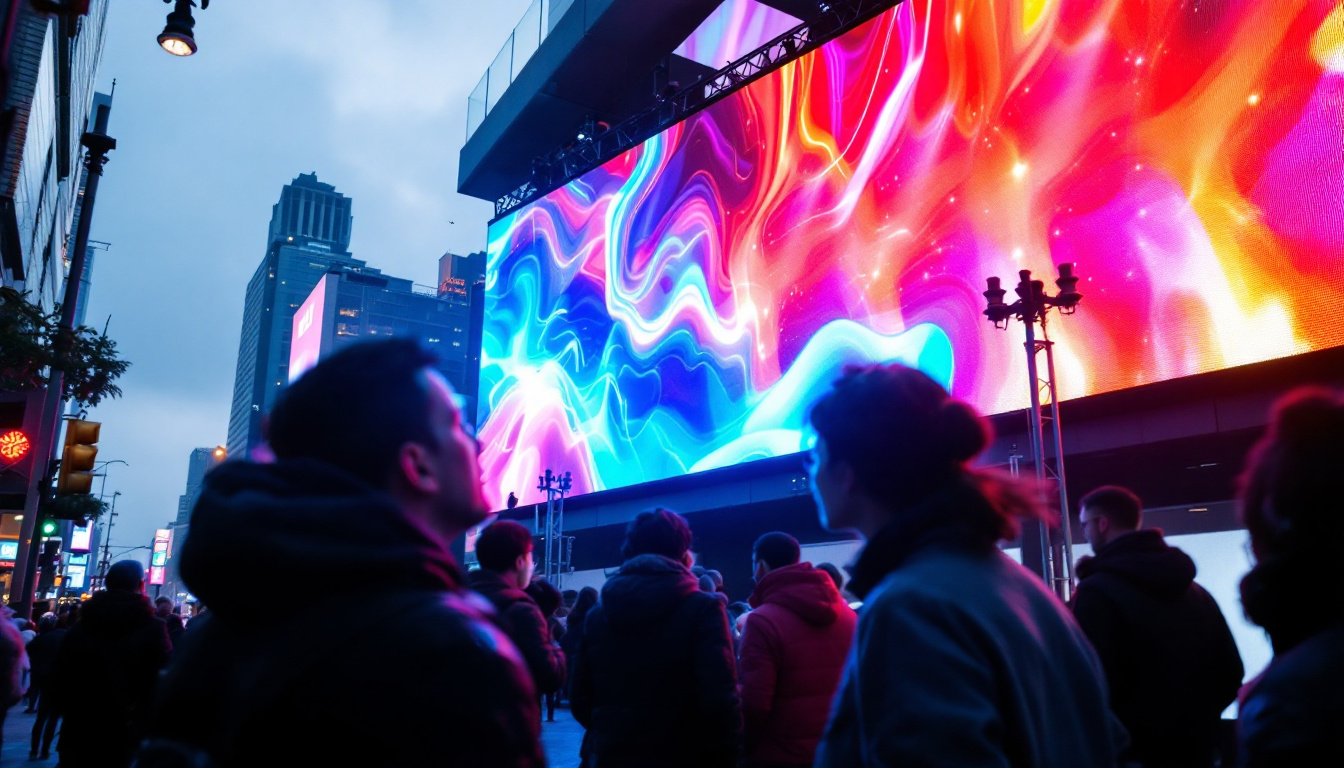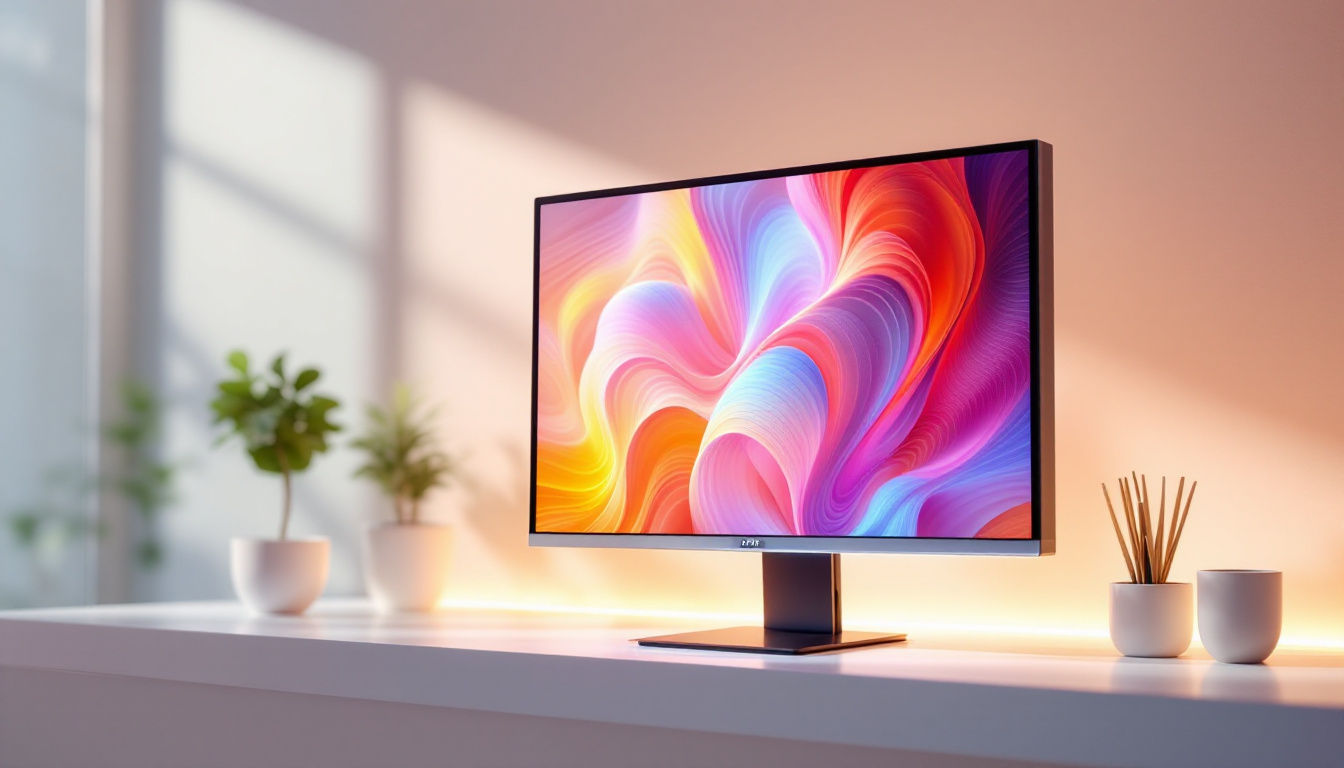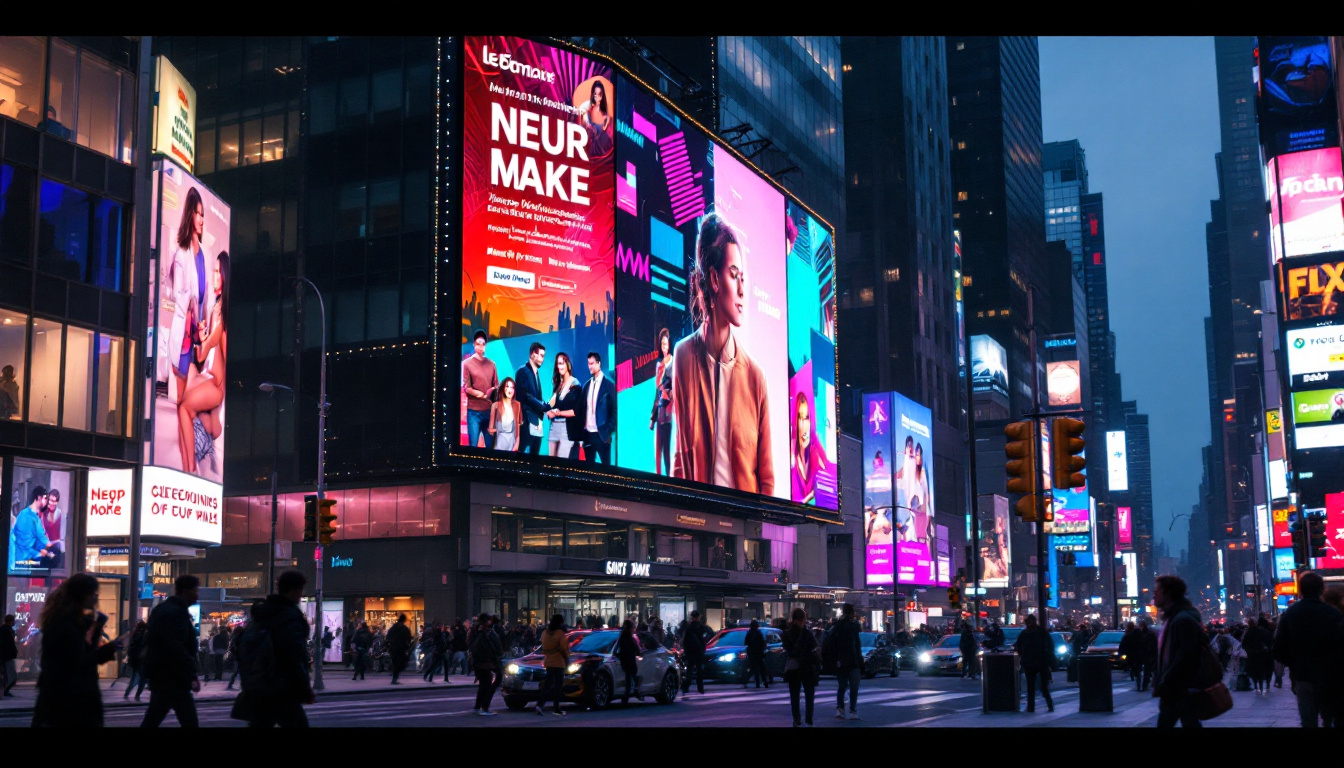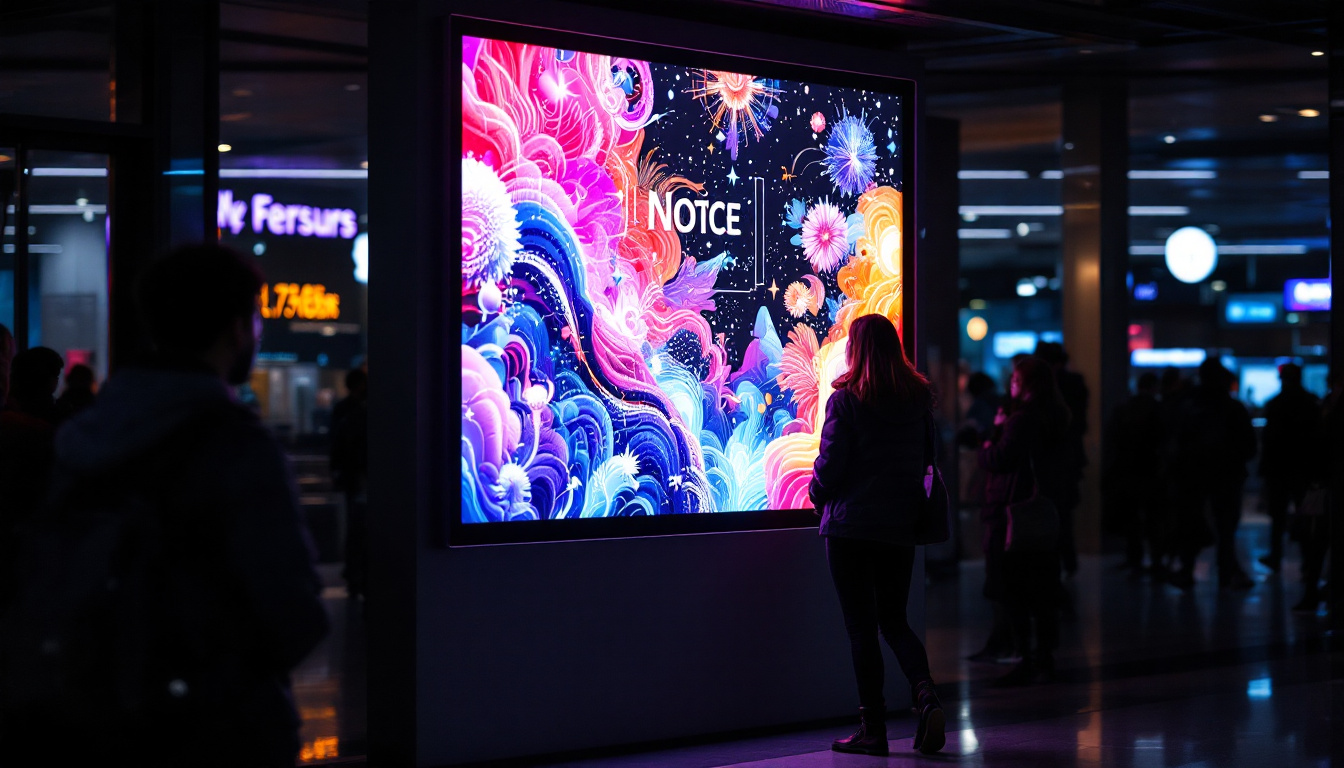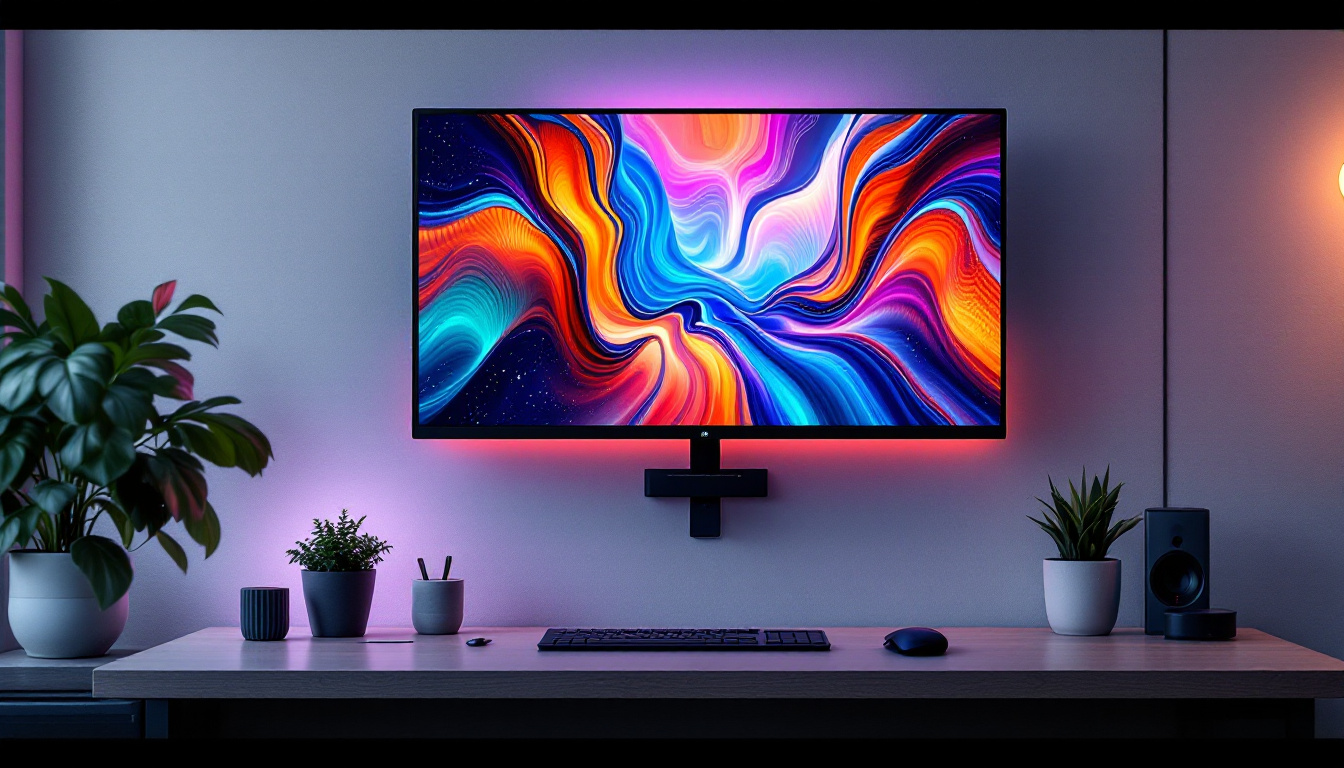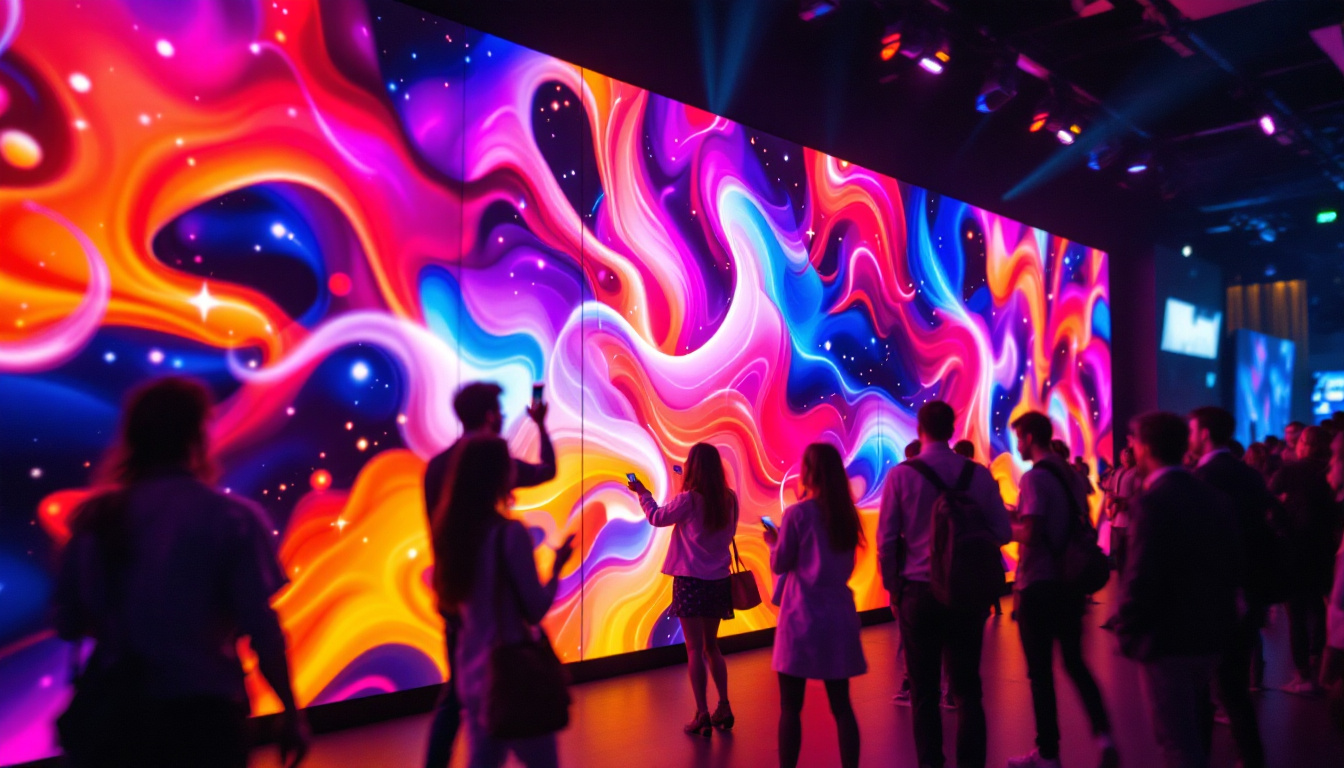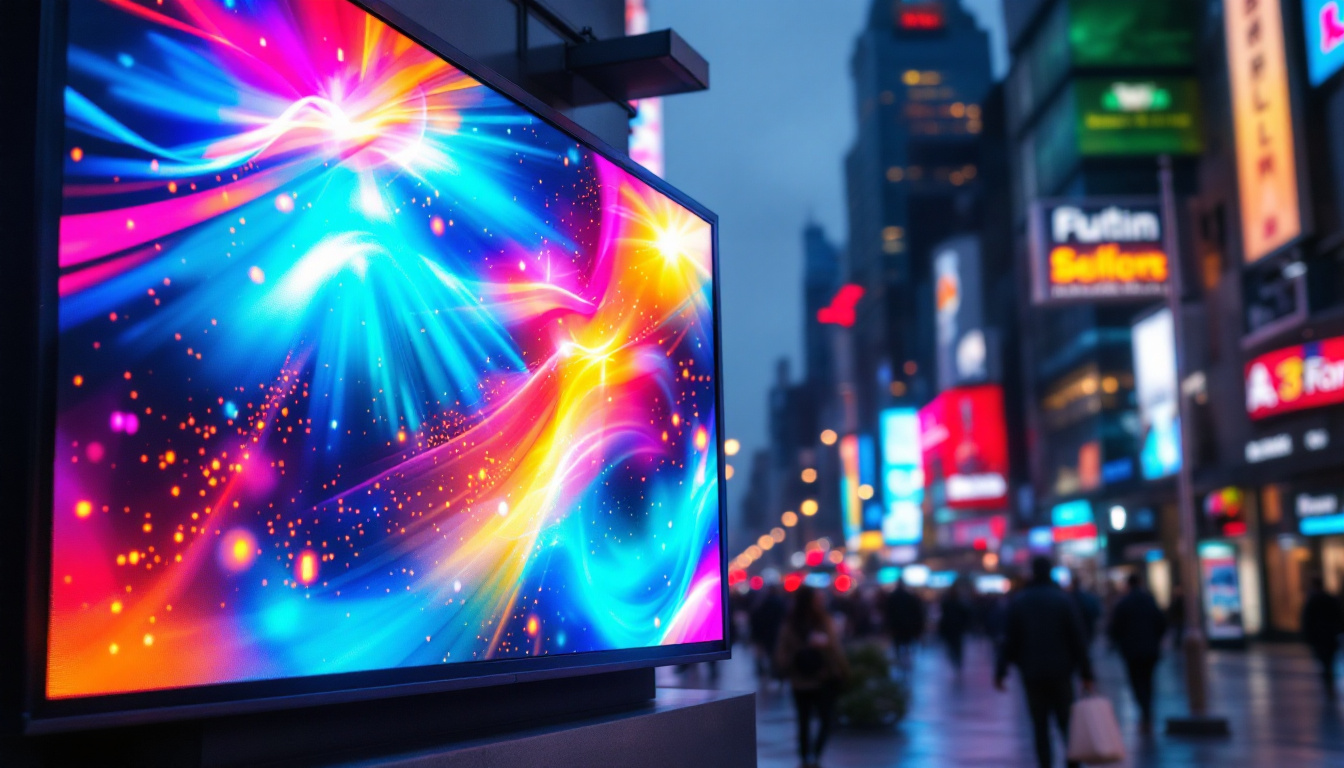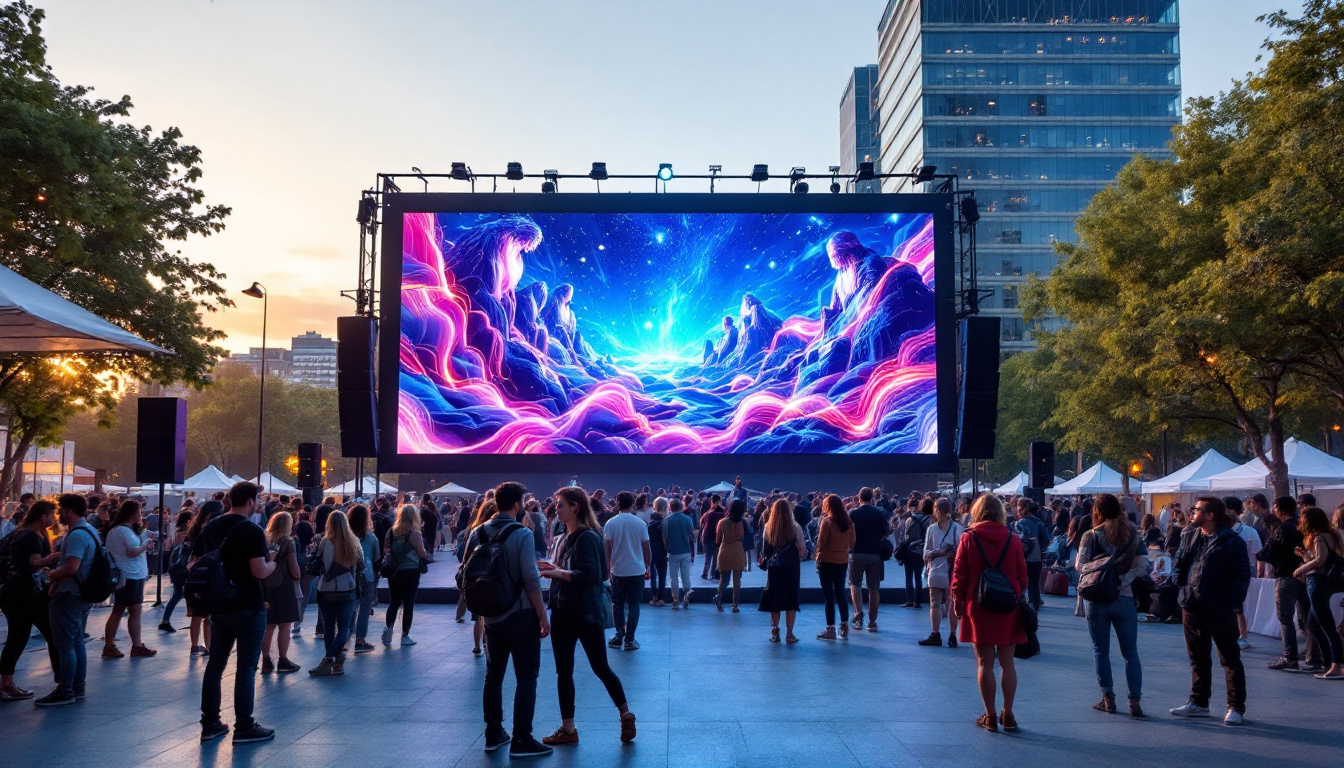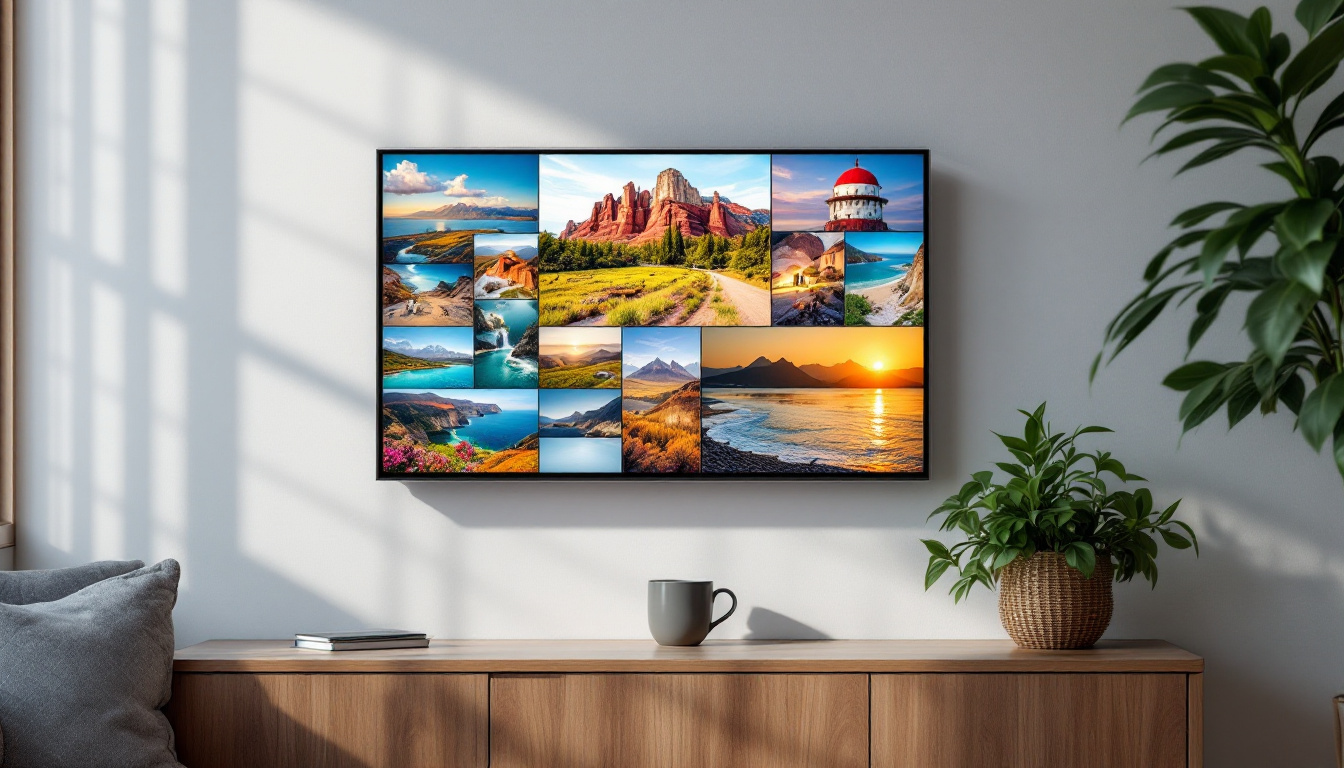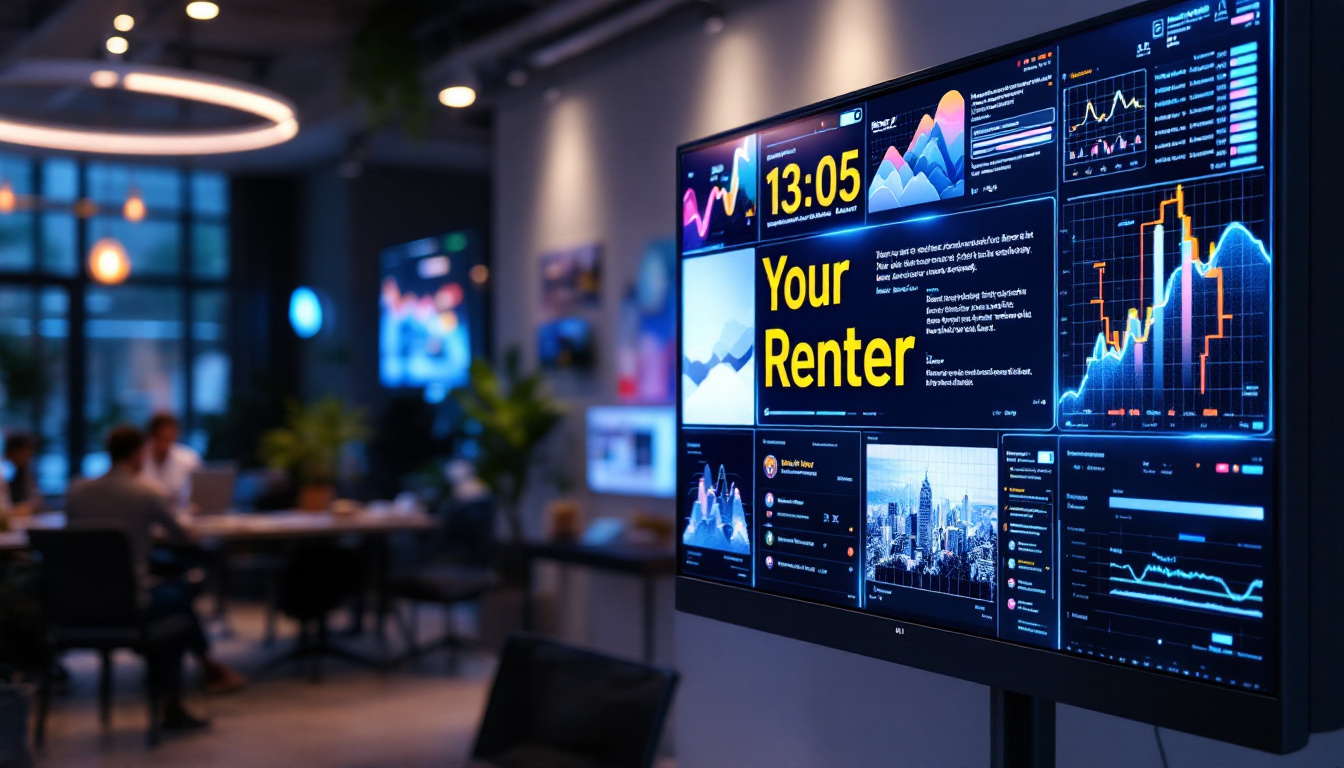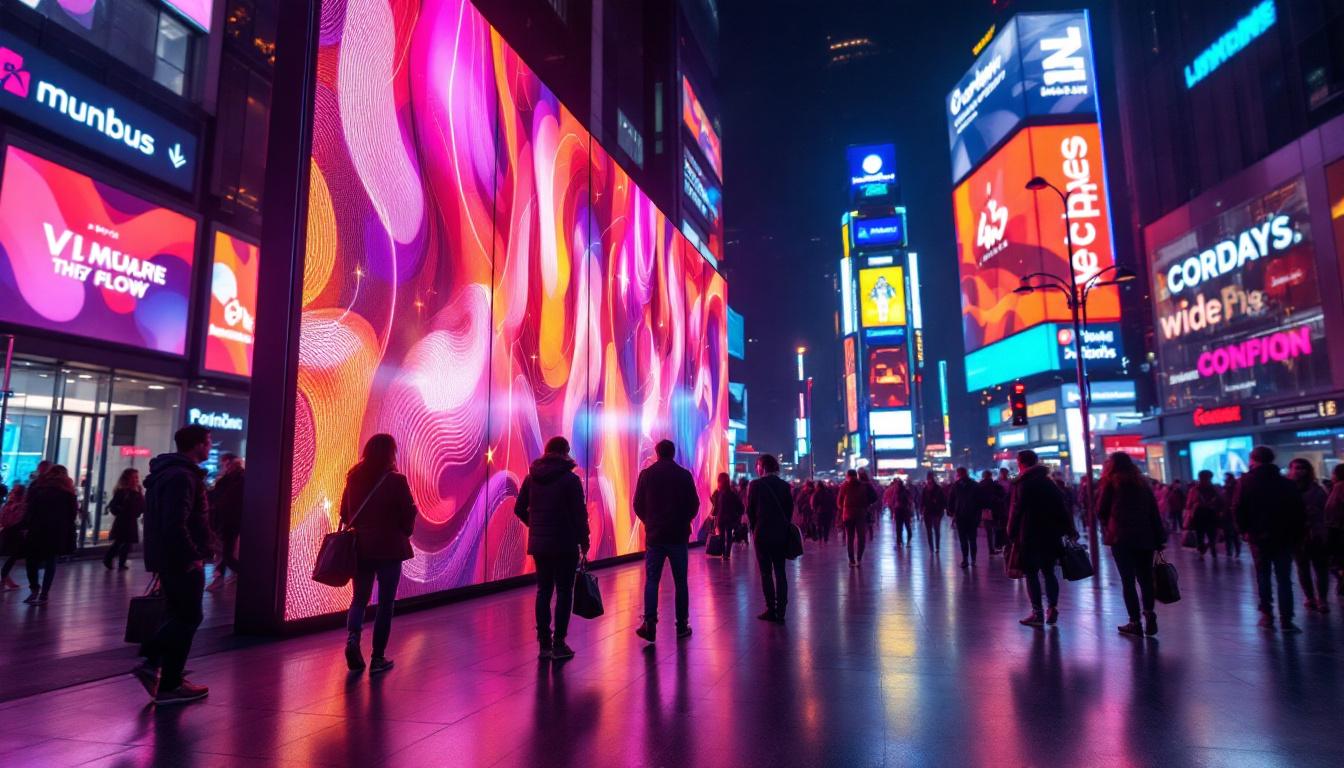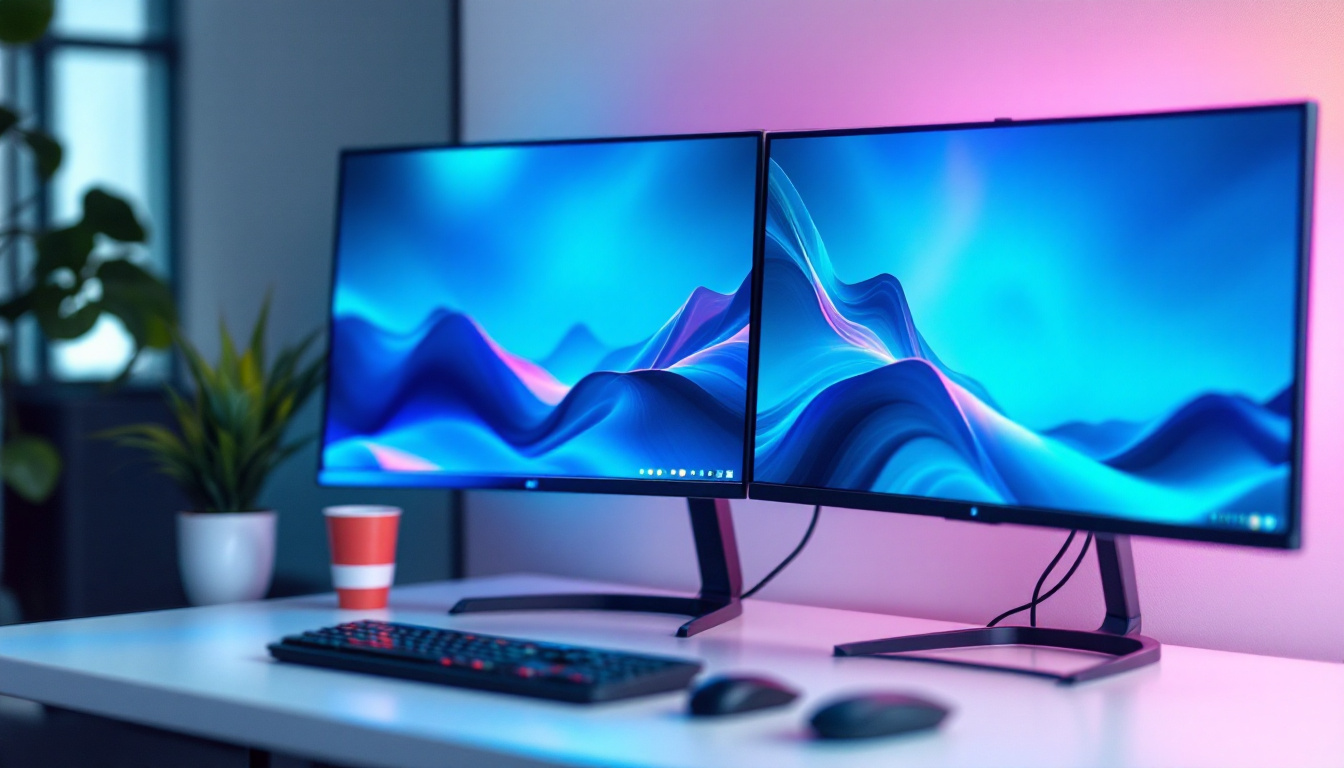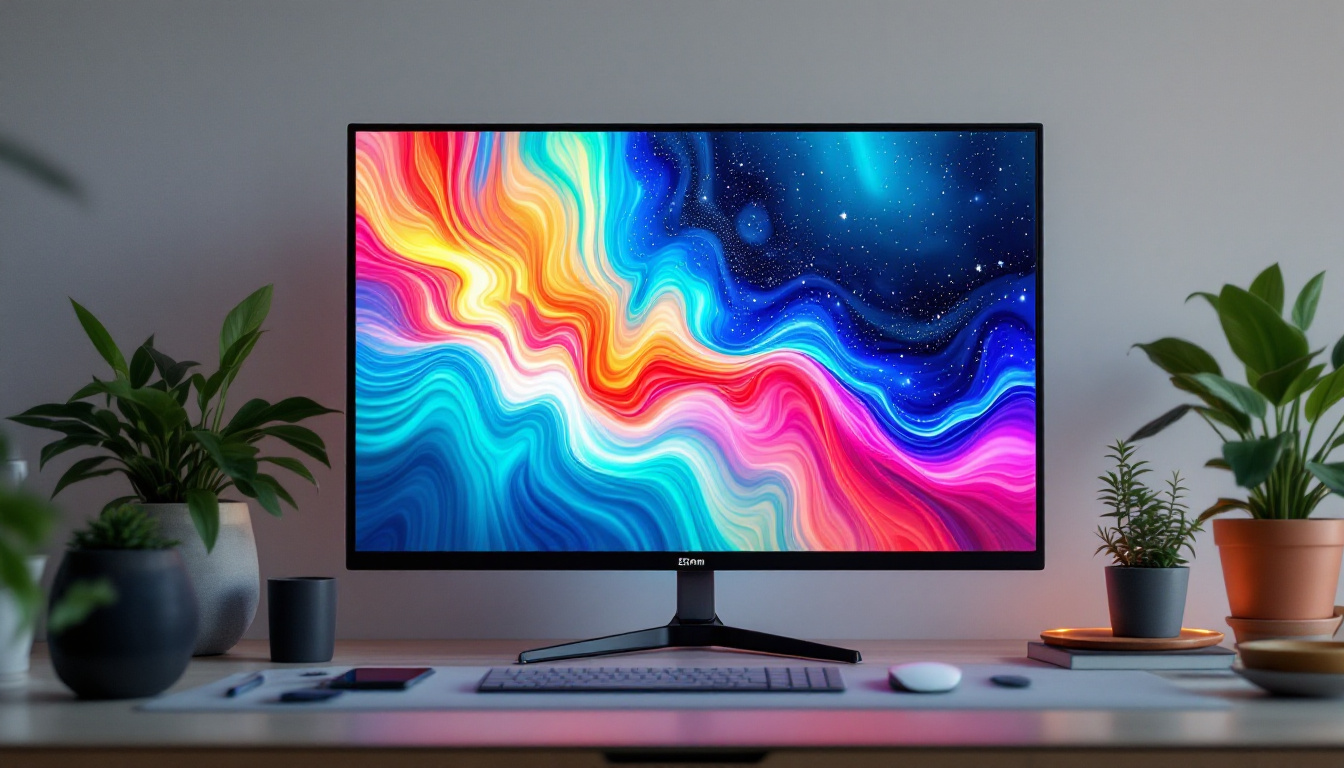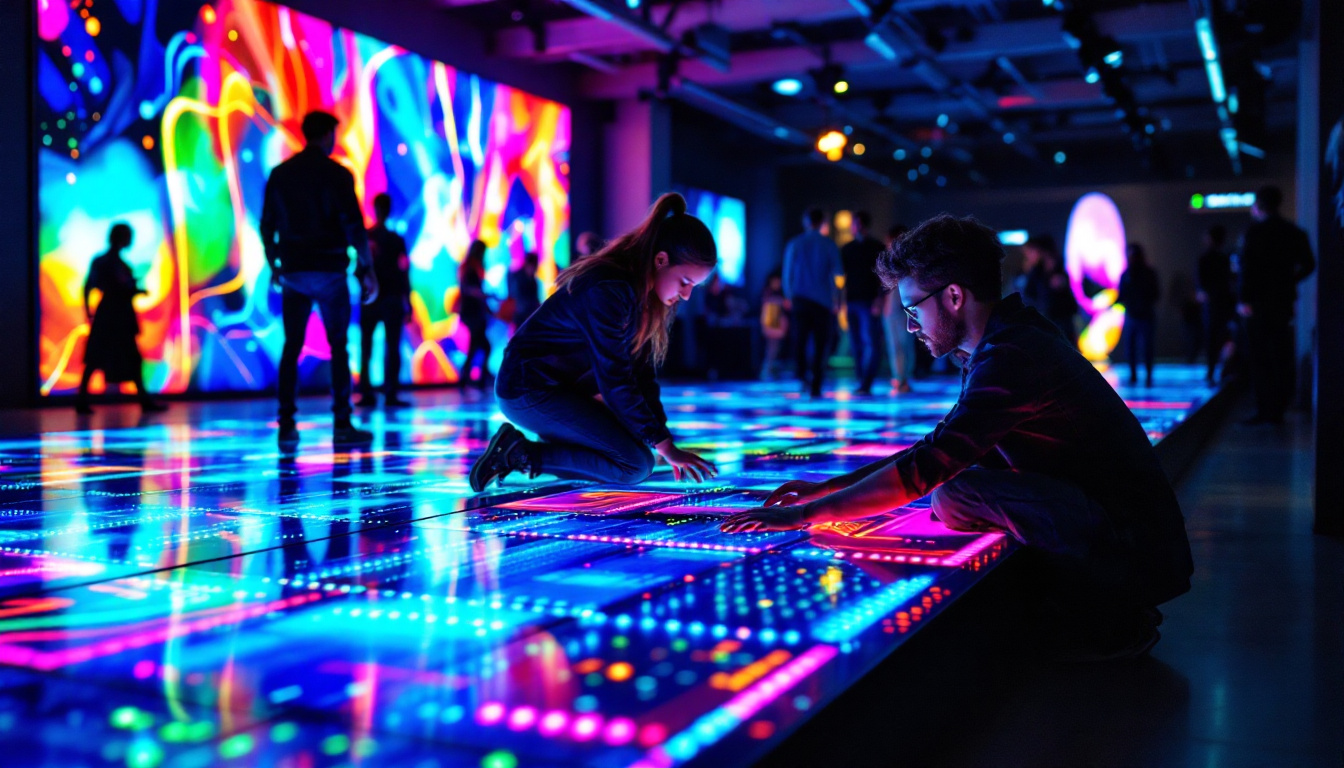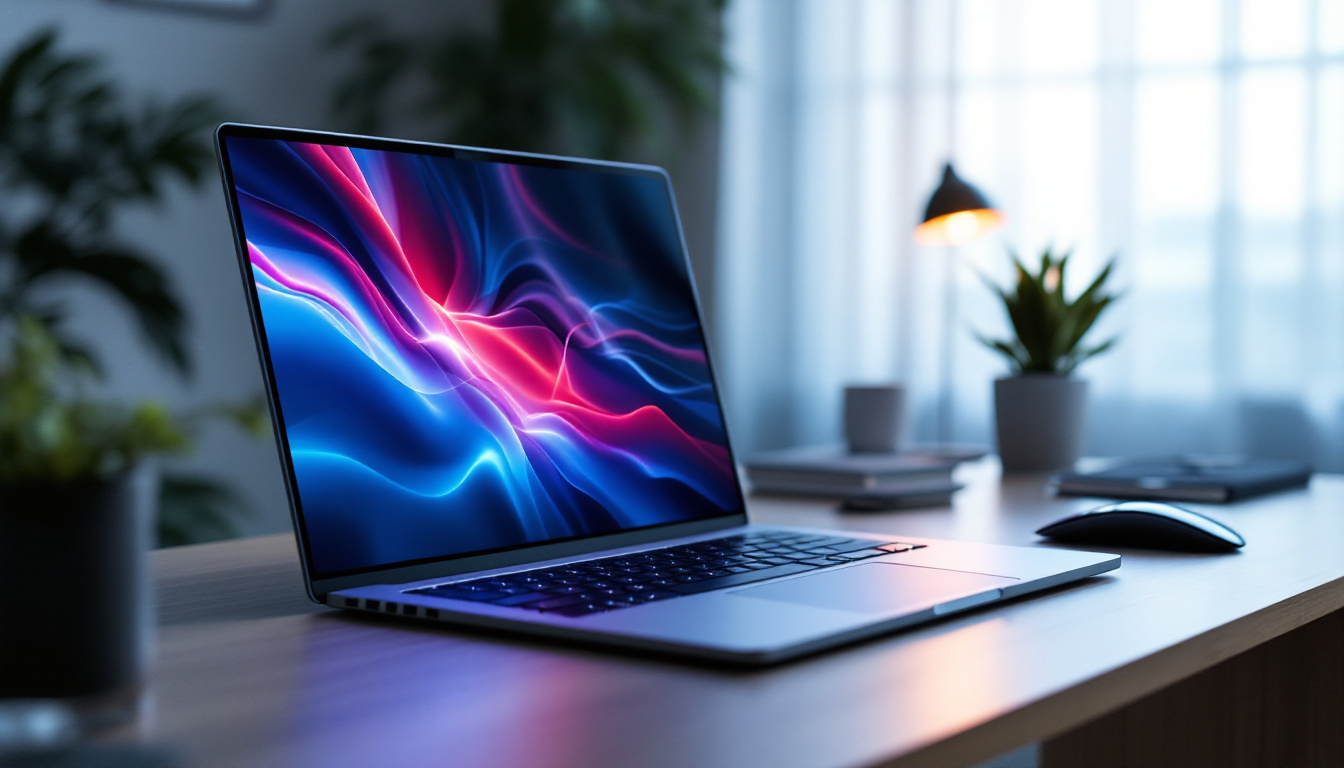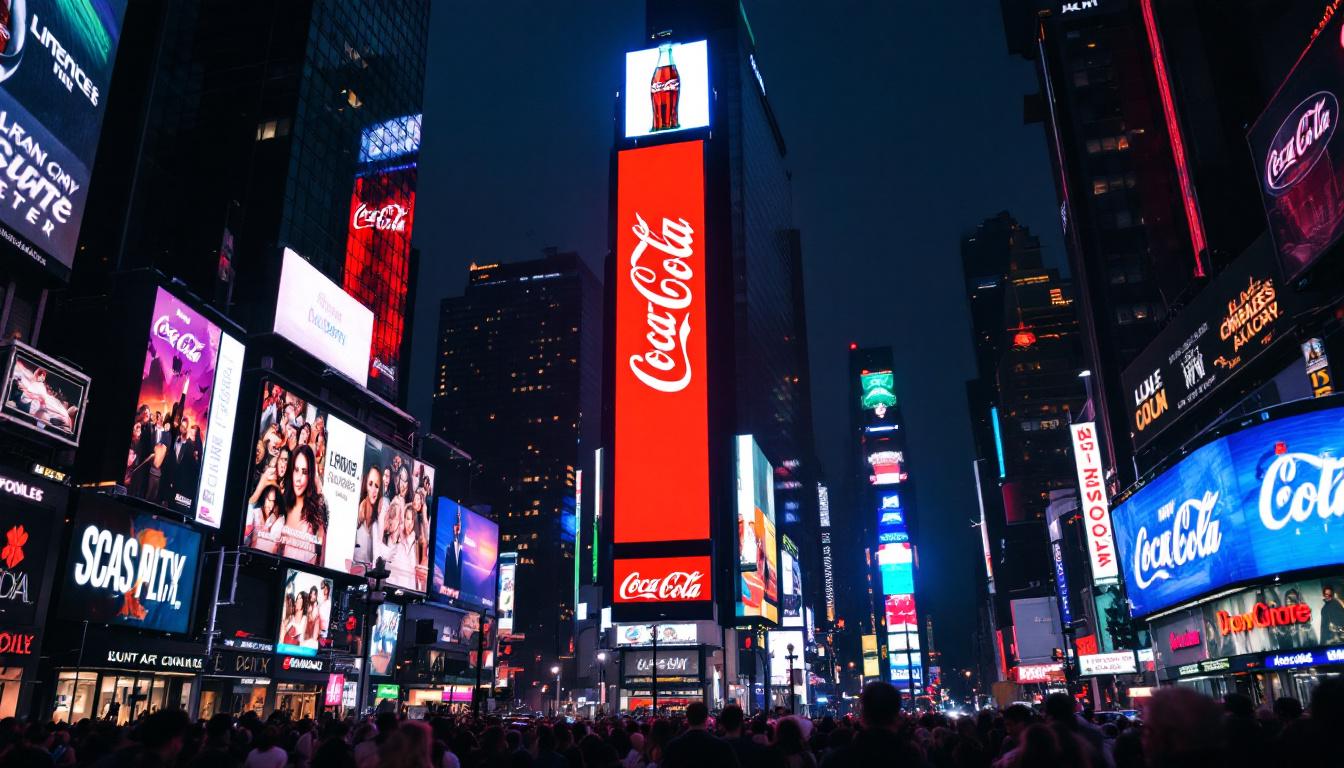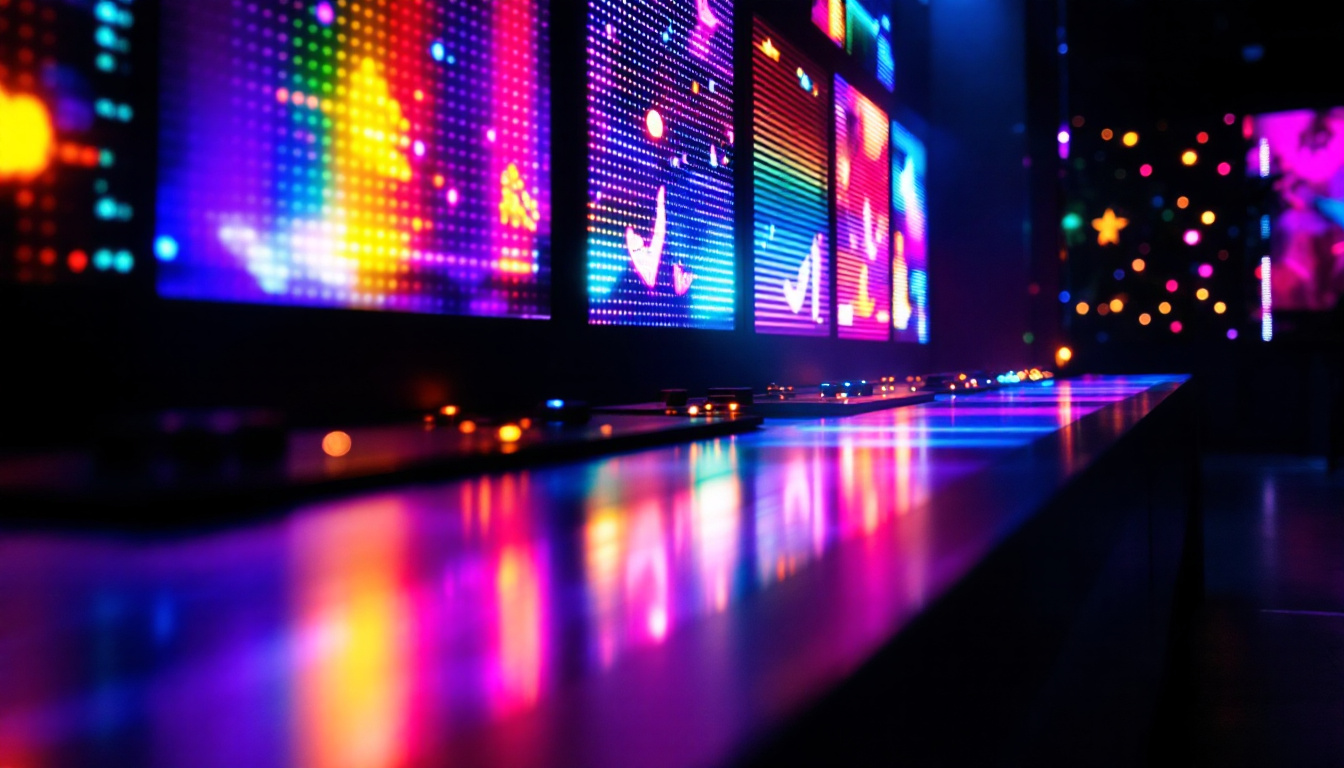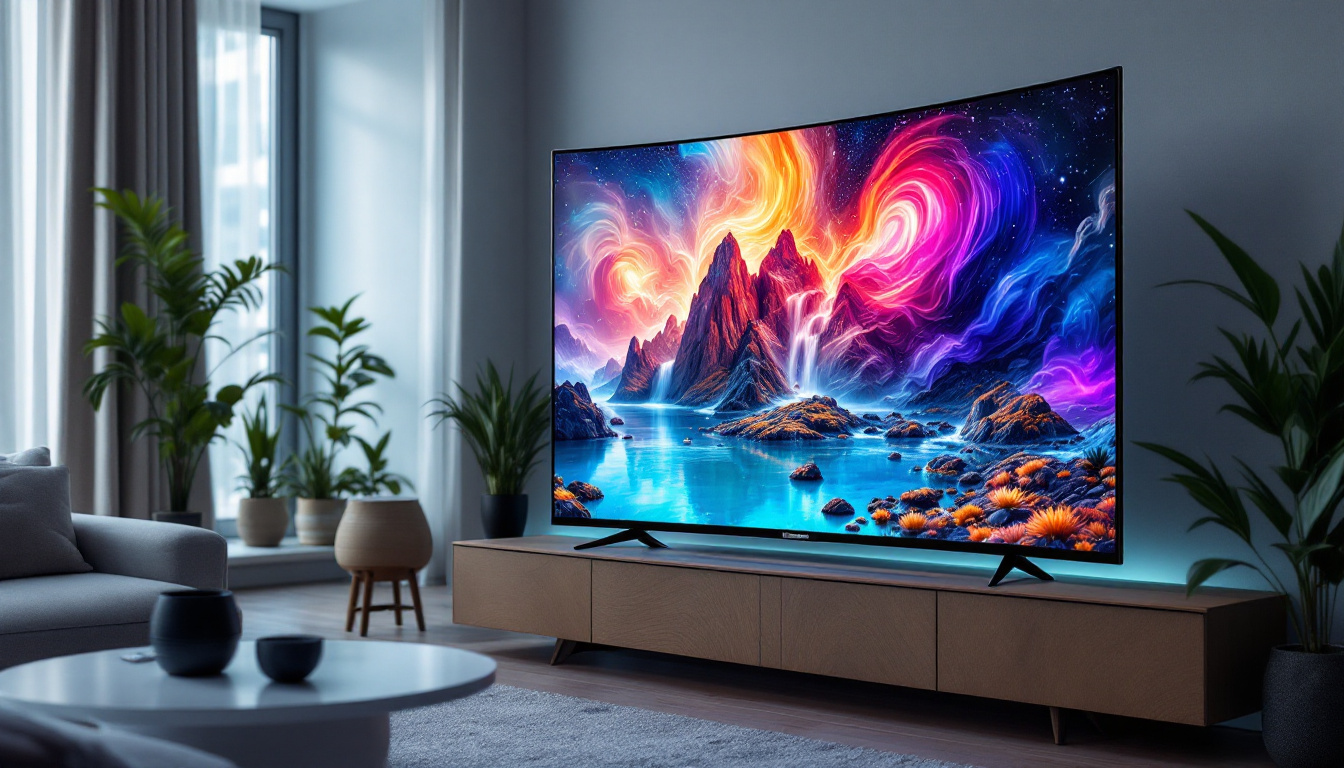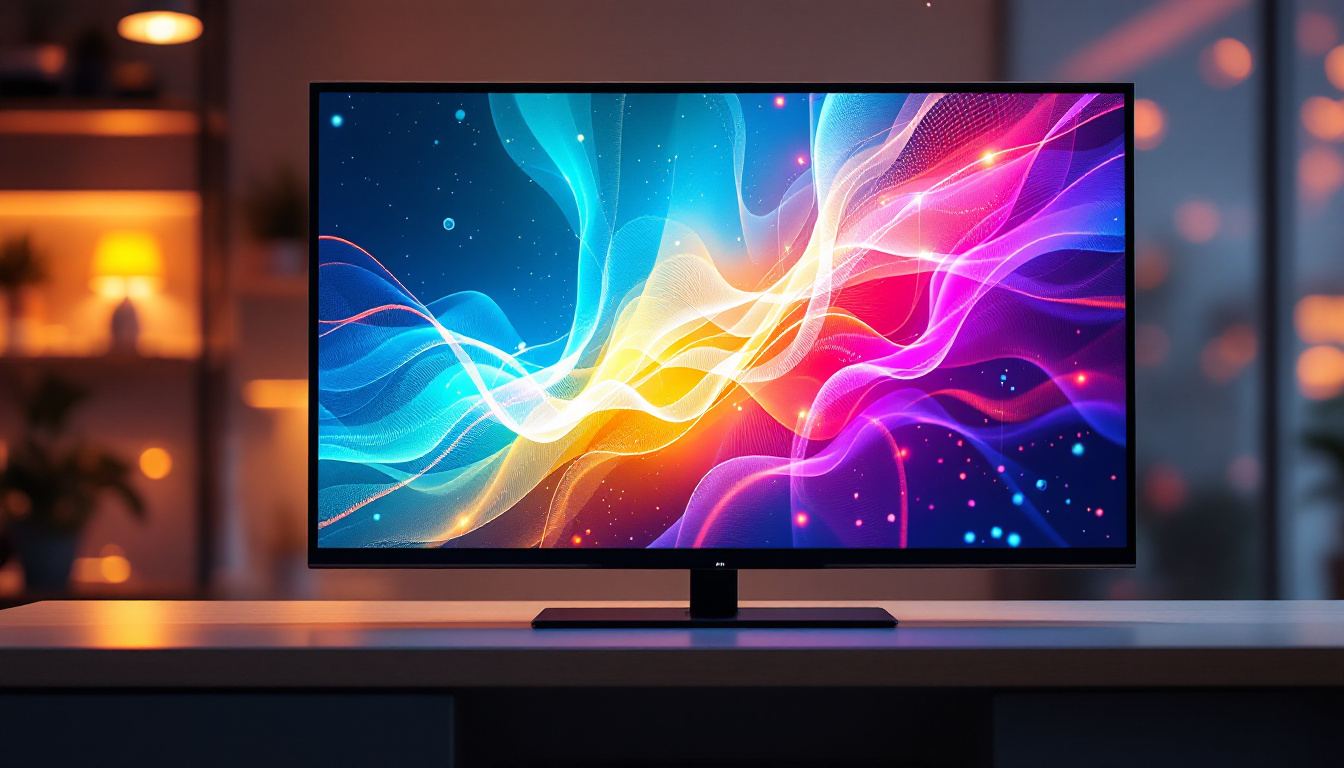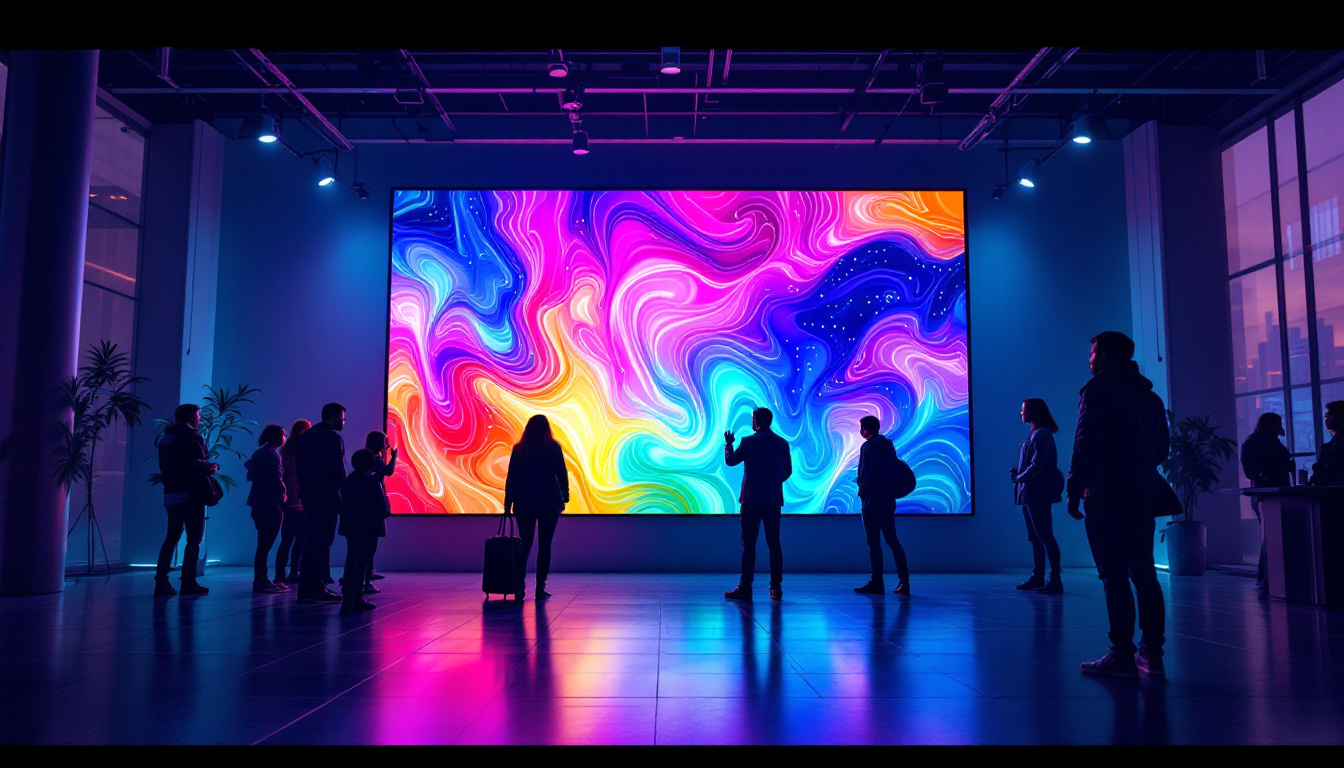The evolution of display technology has significantly transformed the way users interact with devices. Among the myriad of options available today, the 32-inch touch screen LED display stands out for its versatility and functionality. This article delves into the intricacies of 32-inch touch screen LED displays, exploring their features, benefits, and applications.
Understanding LED Technology
Light Emitting Diode (LED) technology has revolutionized the display industry. Unlike traditional display technologies, LED utilizes semiconductor materials to emit light when an electric current passes through them. This innovation has led to displays that are not only brighter and more energy-efficient but also thinner and lighter. The versatility of LED technology has made it a popular choice across various applications, from televisions and computer monitors to large-scale outdoor displays and architectural lighting.
The Basics of LED Displays
LED displays consist of numerous tiny light-emitting diodes that work in unison to create images and videos. These diodes can be arranged in various configurations, such as RGB (Red, Green, Blue), to produce a full spectrum of colors. The result is a vibrant and dynamic display capable of rendering high-quality visuals. Furthermore, advancements in LED technology have led to the development of organic LEDs (OLEDs), which provide even deeper blacks and more vivid colors by allowing individual pixels to emit their own light, rather than relying on a backlight.
Advantages of LED Displays
One of the primary advantages of LED displays is their energy efficiency. Compared to traditional LCD screens, LED displays consume significantly less power, making them an environmentally friendly option. Additionally, they offer superior brightness and contrast ratios, enhancing the overall viewing experience. The longevity of LED technology is another noteworthy benefit; many LED displays can last up to 100,000 hours, significantly reducing the need for frequent replacements. This durability not only contributes to lower maintenance costs but also minimizes electronic waste, making LED displays a sustainable choice in the long run.
Moreover, LED technology has opened up new possibilities in terms of design and functionality. For instance, flexible LED panels can be bent and shaped to fit unconventional spaces, allowing for creative installations in both commercial and residential settings. The rapid response time of LEDs also enables smoother motion rendering, making them ideal for applications such as gaming and high-definition video playback. As the technology continues to evolve, we can expect even more innovative uses for LED displays, further enhancing their role in our daily lives.
Touch Screen Technology Explained
Touch screen technology has become an integral part of modern devices, allowing users to interact directly with what is displayed on the screen. This technology can be categorized into several types, including resistive, capacitive, and infrared touch screens.
Types of Touch Screens
Capacitive touch screens are the most common in today’s devices. They work by detecting the electrical charge from a user’s finger, allowing for multi-touch functionality. On the other hand, resistive touch screens respond to pressure, making them suitable for environments where users may wear gloves or use styluses. Infrared touch screens, which utilize a grid of infrared light beams, can also detect touch without physical contact, making them ideal for large displays and outdoor settings where water or dirt may interfere with other types of screens.
Benefits of Touch Screen Interfaces
Touch screens offer a more intuitive user experience, allowing for direct manipulation of on-screen elements. This can lead to increased efficiency and productivity, particularly in applications such as point-of-sale systems, kiosks, and interactive displays. Furthermore, touch screens can accommodate a wide range of gestures, enhancing the interactivity of applications. The ability to pinch, swipe, and tap not only makes navigation smoother but also allows for more complex interactions, such as rotating images or zooming in on maps, which can significantly improve user engagement.
Moreover, the versatility of touch screen technology extends beyond consumer electronics. In industrial settings, touch screens are increasingly used for monitoring and controlling machinery, providing operators with a user-friendly interface that can display real-time data and analytics. This shift towards touch interfaces in professional environments has led to the development of ruggedized touch screens that can withstand harsh conditions, ensuring reliability and durability in demanding applications. As touch screen technology continues to evolve, we can expect to see even more innovative uses across various sectors, from healthcare to automotive, further enhancing how we interact with technology in our daily lives.
Features of 32-Inch Touch Screen LED Displays
When considering a 32-inch touch screen LED display, several features come into play that can significantly enhance the user experience. These features include resolution, response time, and connectivity options.
Resolution and Clarity
Resolution is a critical factor in determining the quality of a display. A higher resolution means more pixels, resulting in sharper images and clearer text. Many 32-inch touch screen LED displays offer Full HD (1920 x 1080) or even 4K (3840 x 2160) resolutions, providing stunning visuals for various applications. This level of clarity is particularly beneficial in environments such as classrooms or conference rooms, where detailed presentations and intricate graphics are often required. The vibrant colors and high contrast ratios found in these displays also contribute to a more engaging viewing experience, making them ideal for digital signage and interactive kiosks.
Response Time and Refresh Rate
Response time refers to how quickly a display can change from one color to another. A lower response time is essential for fast-paced applications, such as gaming or video playback. Additionally, a higher refresh rate can lead to smoother motion, making it an important consideration for users seeking an immersive experience. For instance, a display with a 120Hz refresh rate can provide a more fluid visual experience, reducing motion blur and enhancing the overall quality of video content. This is particularly advantageous for users who engage in activities like watching action-packed movies or playing competitive video games, where every millisecond can make a difference in performance.
Connectivity Options
Another significant feature of 32-inch touch screen LED displays is their diverse connectivity options. Many models come equipped with multiple HDMI ports, USB connections, and even wireless capabilities, allowing for seamless integration with various devices such as laptops, tablets, and smartphones. This versatility is particularly useful in collaborative environments, where users can easily share content and interact with the display without the hassle of dealing with cumbersome cables. Furthermore, some displays also support touchscreen functionality via different technologies, such as capacitive or infrared touch, which can enhance user interaction and engagement, making them perfect for interactive learning or customer service applications.
Applications of 32-Inch Touch Screen LED Displays
The versatility of 32-inch touch screen LED displays allows them to be utilized in various settings, from educational institutions to corporate environments. Their adaptability makes them suitable for numerous applications.
Education and Training
In educational settings, 32-inch touch screen displays can serve as interactive whiteboards, enabling teachers to engage students through dynamic presentations. These displays can facilitate collaborative learning, allowing multiple users to interact simultaneously, which enhances the educational experience.
Business and Retail
In the business world, touch screen displays are increasingly used for presentations, digital signage, and customer interaction. Retailers can leverage these displays for interactive product catalogs or promotional content, enhancing customer engagement and driving sales.
Choosing the Right 32-Inch Touch Screen LED Display
When selecting a 32-inch touch screen LED display, several factors should be considered to ensure it meets specific needs and requirements. Understanding these factors can help in making an informed decision.
Assessing Your Needs
Before purchasing, it is essential to assess the intended use of the display. Will it be used primarily for presentations, interactive applications, or digital signage? Understanding the primary function will guide the selection process and help identify the necessary features.
Connectivity Options
Connectivity is another crucial aspect to consider. Many modern displays offer a range of connectivity options, including HDMI, USB, and wireless capabilities. Ensuring compatibility with existing devices and systems is vital for seamless integration.
Maintenance and Care for Your Display
Proper maintenance of a 32-inch touch screen LED display can extend its lifespan and ensure optimal performance. Regular care is essential to keep the display in good condition.
Cleaning and Upkeep
Cleaning the display regularly is crucial to maintain clarity and prevent smudges. It is recommended to use a microfiber cloth and a gentle cleaning solution designed for screens. Avoid using harsh chemicals, as they can damage the display surface.
Software Updates
Keeping the display’s software up to date is equally important. Regular updates can enhance performance, introduce new features, and fix any existing bugs. Checking for updates periodically ensures the display operates smoothly and efficiently.
Future Trends in Touch Screen LED Displays
As technology continues to evolve, so do touch screen LED displays. Emerging trends indicate that the future will bring even more advanced features and capabilities.
Integration with AI and IoT
One of the most significant trends is the integration of artificial intelligence (AI) and the Internet of Things (IoT) with touch screen displays. This integration can lead to smarter interactions and personalized experiences, making displays more responsive to user needs.
Enhanced Interactivity
Future touch screen displays are likely to offer enhanced interactivity through gesture recognition and voice commands. This will allow users to engage with content in new and innovative ways, further blurring the lines between physical and digital interactions.
Conclusion
The 32-inch touch screen LED display represents a fusion of advanced technology and user-centric design. With its vibrant visuals, interactive capabilities, and diverse applications, it has become an essential tool in various fields. As technology continues to advance, these displays will undoubtedly evolve, offering even more features and functionalities that cater to the ever-changing needs of users.
Investing in a 32-inch touch screen LED display can enhance productivity, engagement, and overall user experience. Whether in education, business, or entertainment, the benefits of this technology are undeniable, making it a valuable addition to any environment.
Discover LumenMatrix’s Advanced LED Display Solutions
Ready to elevate your space with the latest in LED display technology? Look no further than LumenMatrix, a pioneer in crafting visually stunning and technologically superior LED displays. From dynamic Indoor and Outdoor LED Wall Displays to innovative solutions like Vehicle LED Displays, LED Posters, and even Custom LED Displays, LumenMatrix offers a wide array of products designed to captivate and engage your audience. Embrace the future of visual communication with our All-in-One LED Displays, LED Transparent Displays, and more. Experience the difference that cutting-edge design and exceptional clarity can make. Check out LumenMatrix LED Display Solutions today and transform your message into an unforgettable visual experience.


